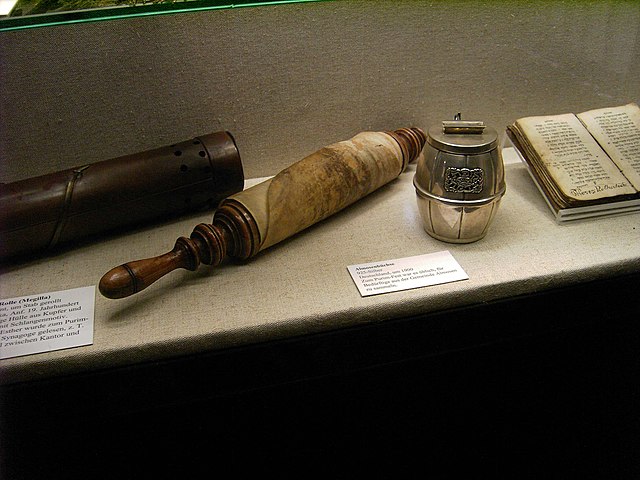
Scroll of Esther (Megillah) } (c) en.wikipedia.org/wiki/Book_of_Esther
The Book of Esther is one of the most intriguing and captivating books of the Old Testament. It tells the story of how a young Jewish girl named Esther becomes the queen of Persia and risks her life to save her people from destruction. However, what many people don’t know is that there are several versions of the Book of Esther, each with its own unique additions and omissions. One of the most fascinating versions is the Septuagint version, which was translated from Hebrew to Greek in the third century BCE.
If you wish to enhance your knowledge of our shared history, join us on a riverboat cruise, with Kosher Riverboat Cruises. Travel in style, experience fine kosher dining and daily services. Experience fabulous destinations whilst staying in luxury onboard. Make this a Jewish vacation over and above the norm.
Septuagint or “LXX” version
During the time of the late Second Temple Judaism, a lot of ideas were circulating around the Land of Israel but did not make it into the Rabinnic tradition. Specifically, there were a lot of books that survived antiquity. The Book of Esther in particular, actually had three versions that were circulating during the ancient times. There is the Hebrew version called the Masoretic tradition version, which we see in the Tanakh, and two Greek versions called the Septuagint version and Alpha text version. The Alpha text version is simply an additional Greek translation that’s not connected to the earlier two but was maybe written on its own. The Book of Esther recorded in the Septuagint was basically just translated and improved and it is interesting to see what the authors of the new versions decided to change. At the end of the text, we see a colophon that states how it was written and translated by Lysimachus, the son of Ptolemy, from Jerusalem. Though, it is confusing since the colophon was dated within the reign of two kings with similar names. Therefore, the version was written in either the year 114 BCE or the year 48.
New Additions to the Book of Esther
In the process of writing and translating the new version, six new sections were added and most of these sections were quite unusual. For example, there was an entry about Mordecai’s dream about a battle between two dragons, which also comes up at the end of the book. In some way, this dream may be representative of Mordecai and Haman’s conflict. Moreover, some passages made the text much more pious compared to the original version since Hashem was never actually mentioned. However, the Septuagint included a few points where God was inserted. For example, there were prayers from Mordecai and Esther.
On a literary level, the original prayer of Esther is beautifully written and powerful. Although, some editions made it seem boring and minimized its sharpness and literary value. An interesting detail is that in one part of the book, rather than just mentioning the letters sent by the king, the Septuagint version gave you the actual text of these letters and its purpose. This includes the letters that were dictated by Esther and Mordecai. This version was possibly written with the intention of wanting non-Jewish audiences to appreciate this book as well. Especially since it is written in Greek, a lingua franca that so many more people had access to. Thus, instead of the original violent bits at the end of the book, the newer versions were softened and placed in context. Overall, this particular version of the Book of Esther is a fascinating read.
